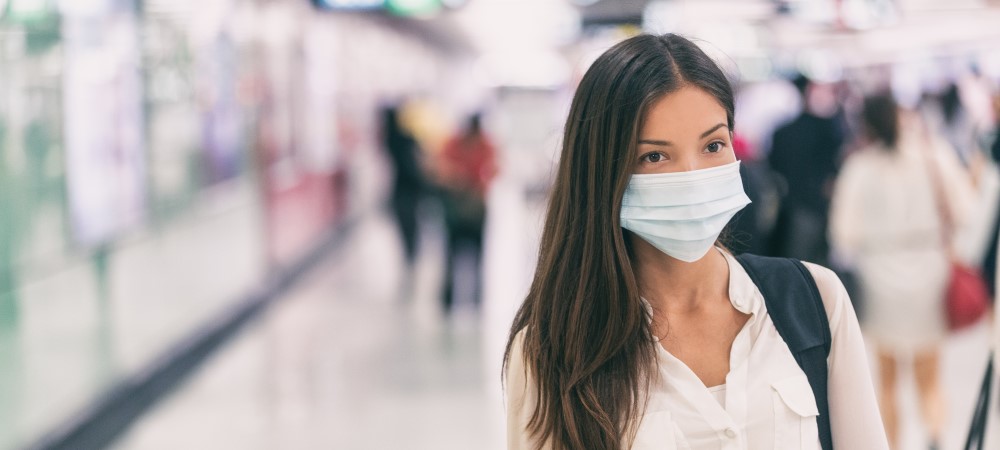Having been in isolation (or close to it) for three months or more, the urge to go out and “get back to normal” is easy to understand. With businesses of all types reopening, the opportunity is there now as well. So the question is no longer can you go out; the question is should you. The Centers for Disease Control and Prevention has some thoughts.
While there’s clearly no way to ensure zero risk from resuming normal activities, the CDC says it’s important to understand and weigh the potential risks and utilize reasonable prevention measures to protect yourself and your family and help reduce the spread of COVID-19.
Start by asking some questions
In general, the more closely you interact with other people and the longer that interaction lasts, the higher the risk of contracting or spreading the virus. So before you go out, ask yourself these questions:
Am I or is someone I live with at risk for severe illness?
If you or someone in your household has an underlying medical condition or other serious COVID-19 risk factors, you need to take extra precautions to minimize those risks. That may mean avoiding going out.
Is COVID-19 spreading in my community?
Local and state health departments are putting out daily reports to help keep us informed about case counts in our communities. If the virus is still active in yours, be more cautious.
What are the local orders in my community?
Just because you’d like to go out doesn’t mean you can. Be sure to know the local restrictions in place in your community and follow them as closely as possible.
Will my activity put me in close contact with others?
If the answer is yes, can you practice social distancing (staying at least 6 feet away from others), wear a cloth face covering, or participate outdoors? Those circumstances will make it safer to justify.
How many people will I interact with?
The more people you come across, the higher the risk – especially when those people aren’t familiar to you and may be carrying the virus without showing symptoms themselves.
How long will I be interacting with people?
Spending more time with others who may be infected increases your risk of becoming infected. And if you’re infected and don’t know it, it raises their risk as well.
Will I have to share any items or equipment with other people?
The virus that causes COVID-19 can remain on surfaces and be transmitted to others who come in contact with them. So if you’re planning on going someplace where you’ll have to use shared equipment, it’s important to know how thoroughly they’re cleaned and disinfected between uses.
How will I get where I’m going?
Like public places, public transportation and ride-sharing services can put you in close contact with others and the surfaces they’ve touched. Those are high-risk scenarios you’ll need to consider.
Do I risk missing work?
If you contract COVID-19, you’ll be quarantined at home and will have to miss work. Is the activity you’re considering worth the financial risk to you and your family?
Take precautions
If you’ve answered those questions, weighed the risks they present, and decide it’s safe to go out, plan to take every possible precaution to protect yourself. That includes everyday preventive actions like:
- Choosing outdoor activities whenever possible.
- Staying at least 6 feet away from others indoors.
- Wearing a cloth face covering whenever you’re sharing space with other people.
- Choosing places that follow safety and cleaning precautions and protocols.
- Washing your hands with soap and water or hand sanitizer often and as soon as you get home.
The decision to venture out is different for everyone and depends on lots of unique circumstances. The bottom line is this, though: the more closely you interact with others and the longer you do, the higher the risk of getting and spreading COVID-19. So, if you do go out, choose your activities wisely and protect yourself and others when you do.

